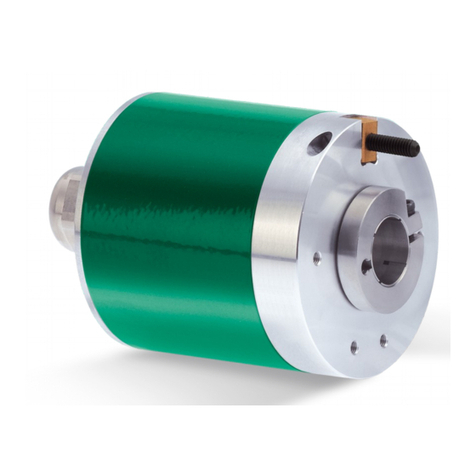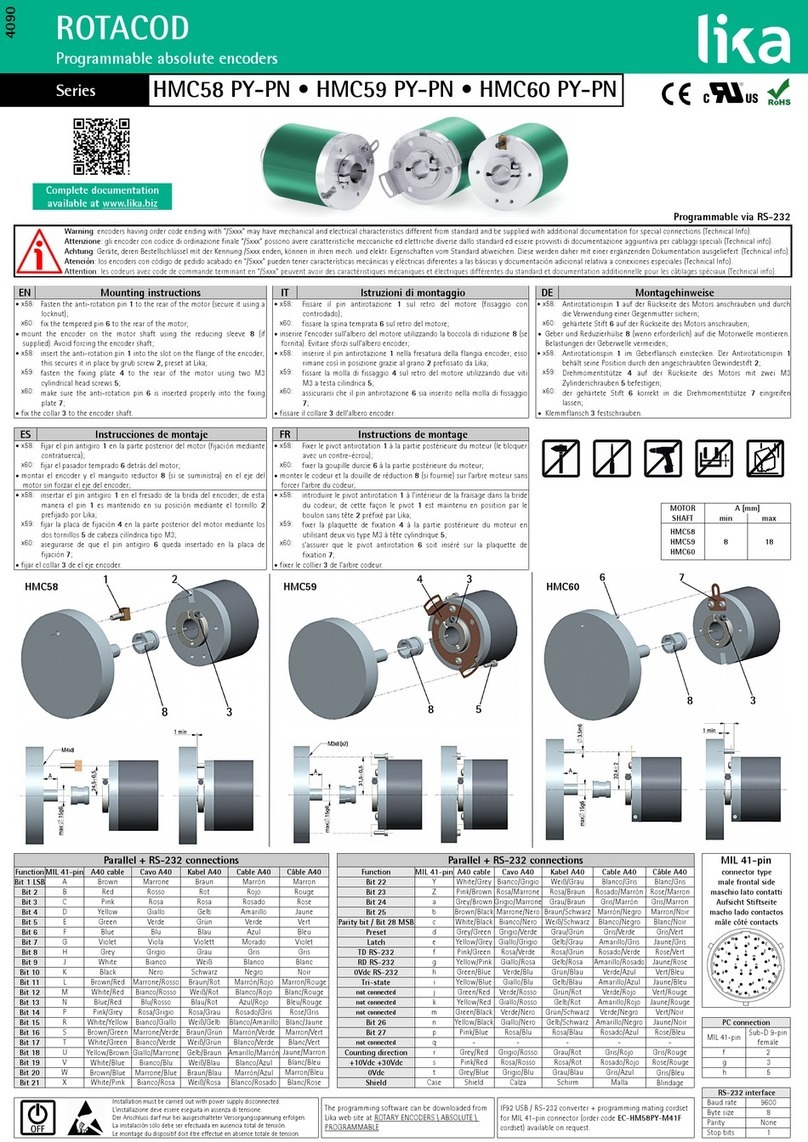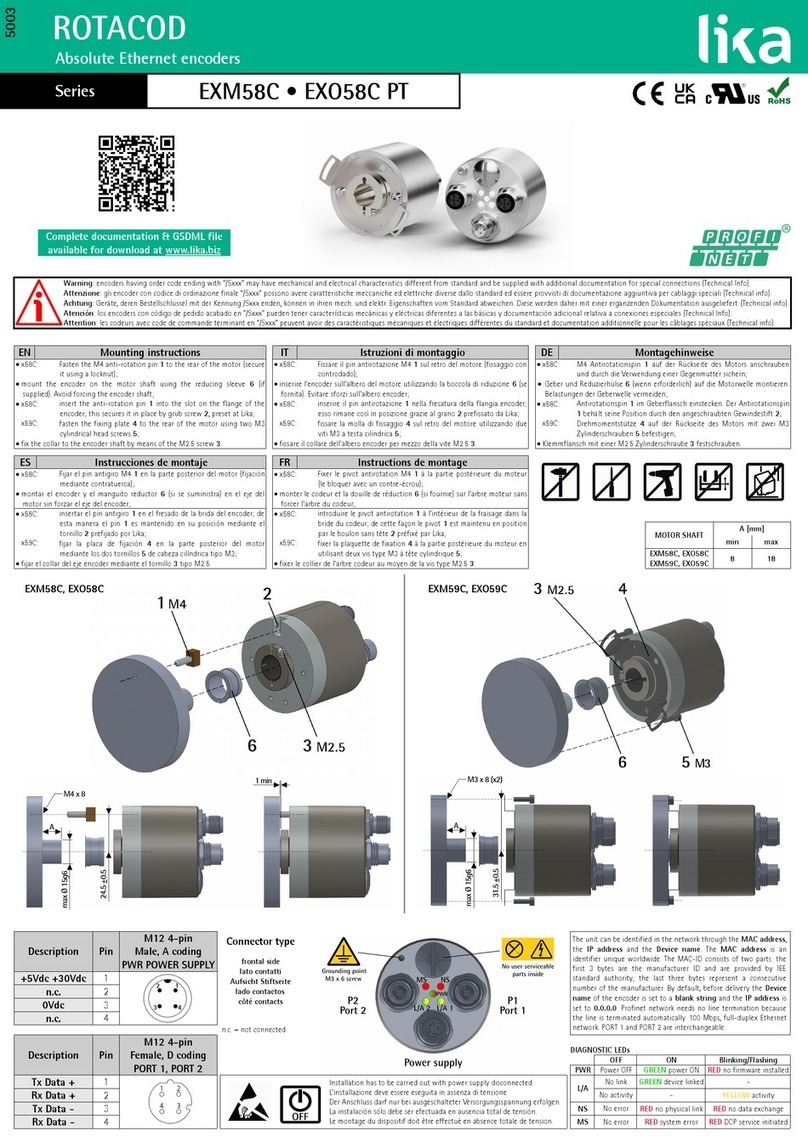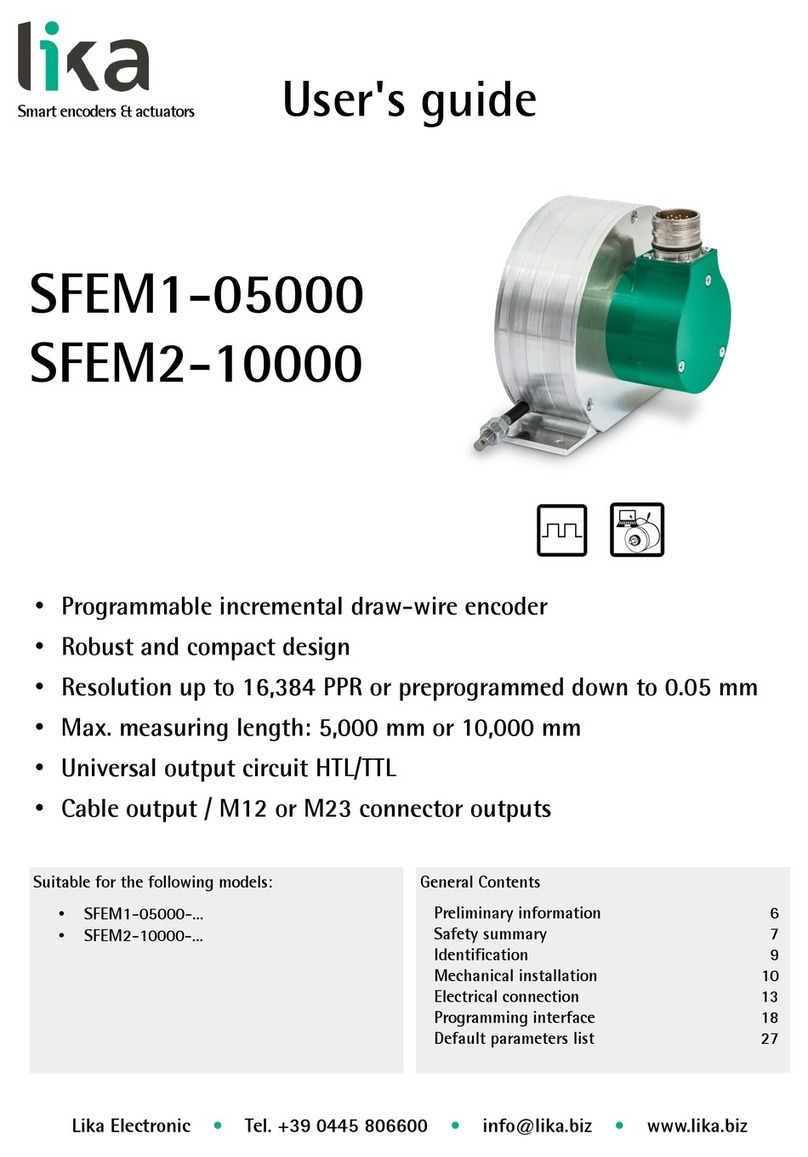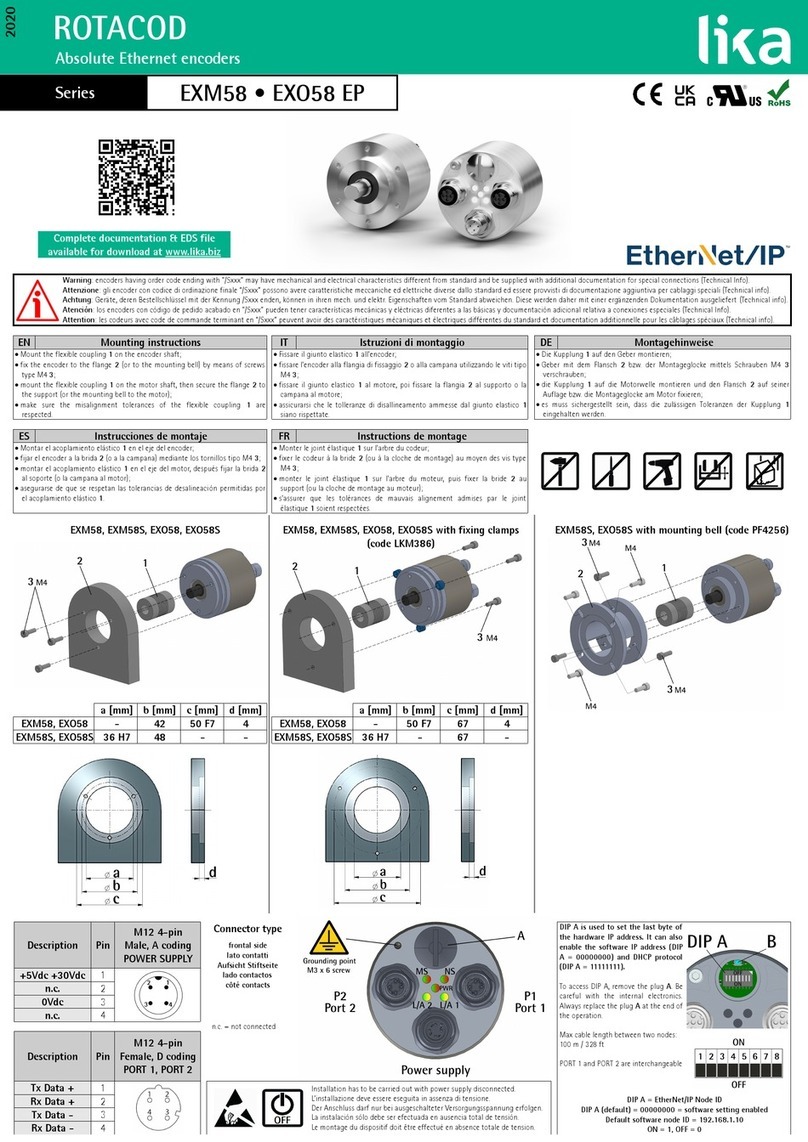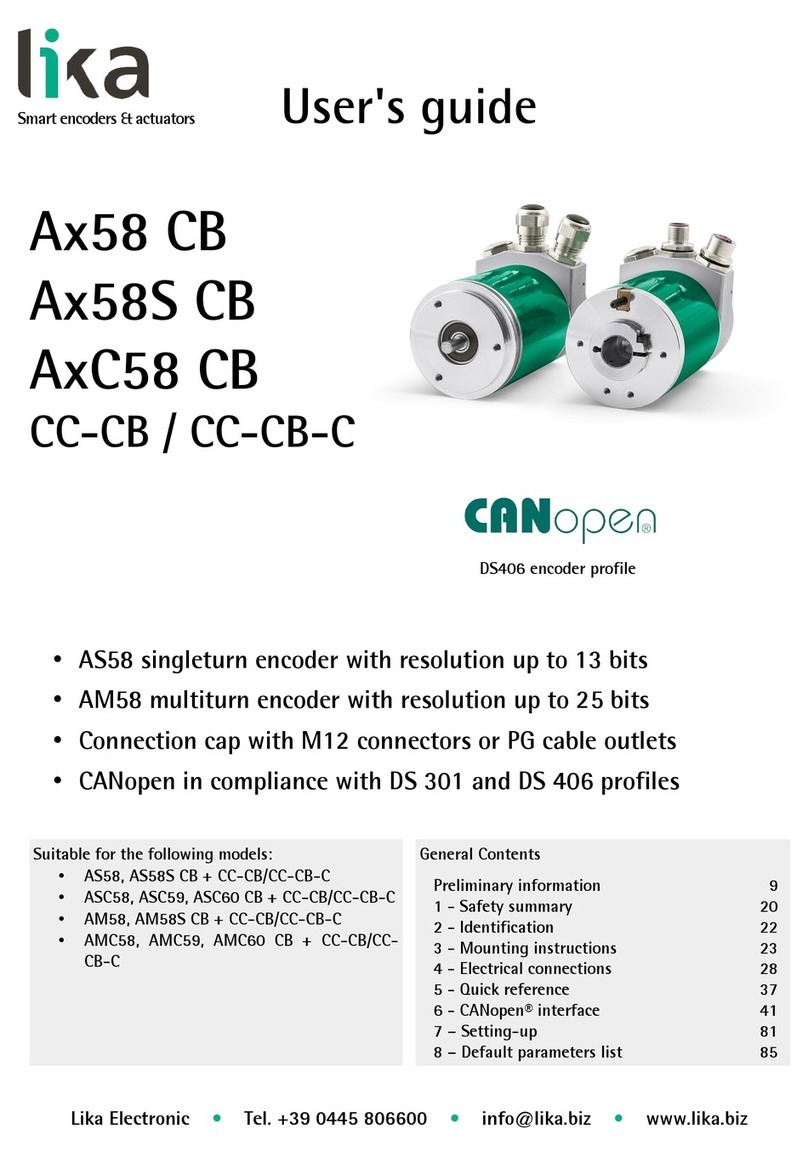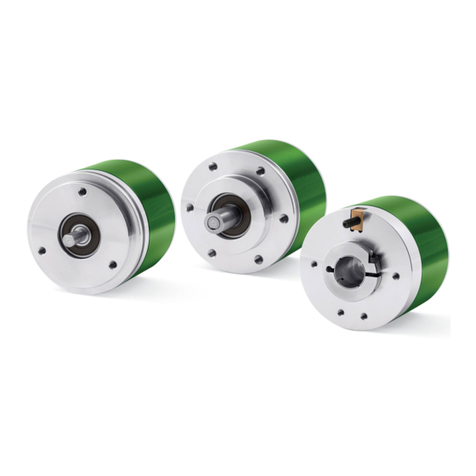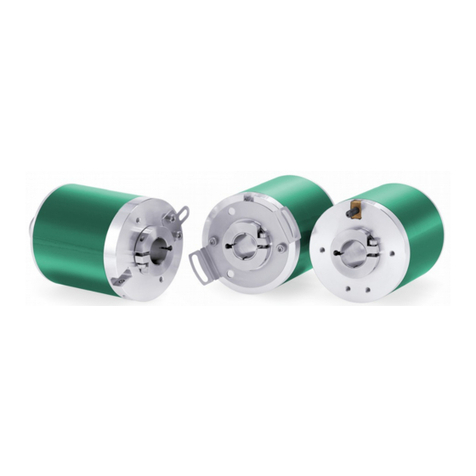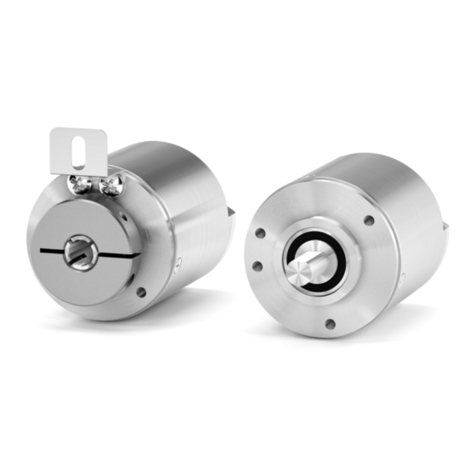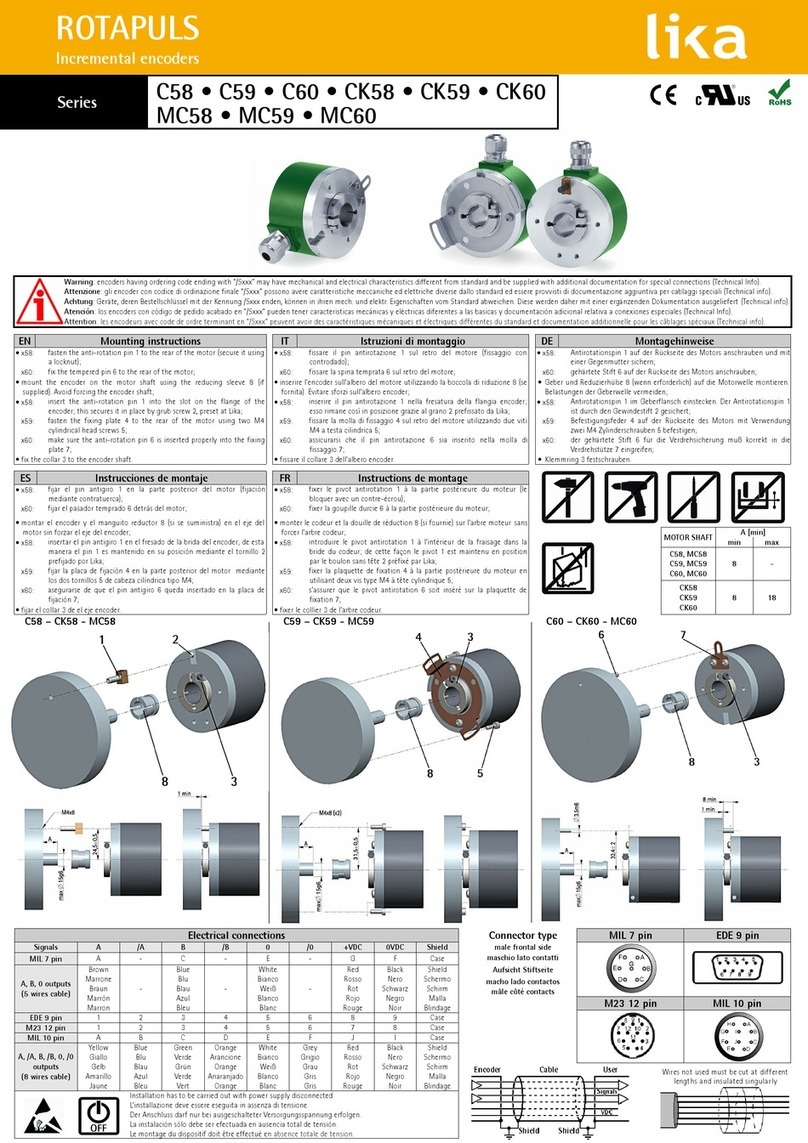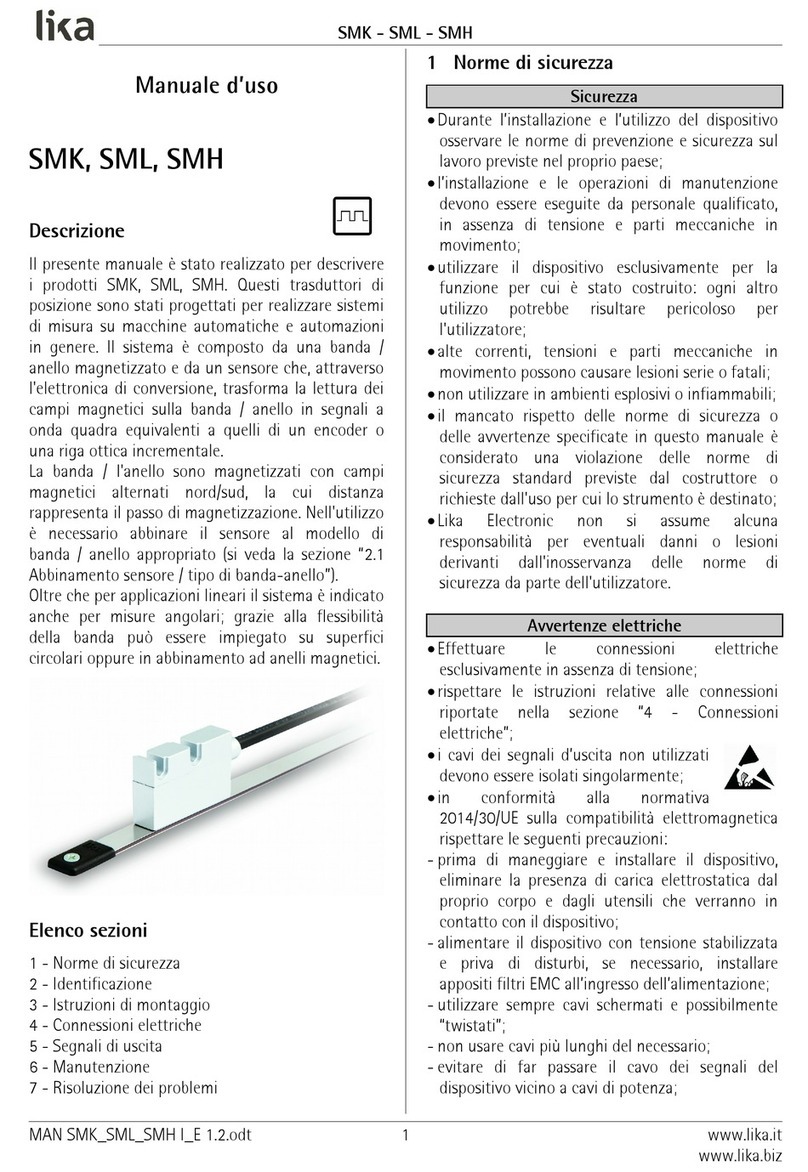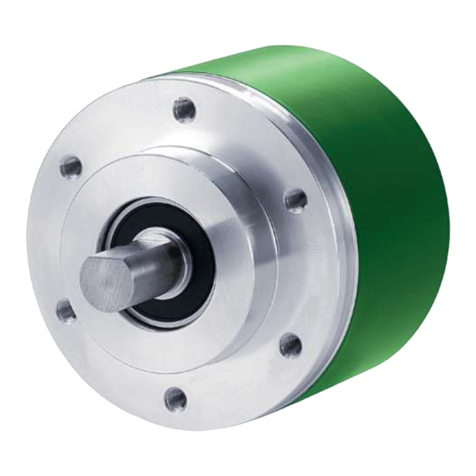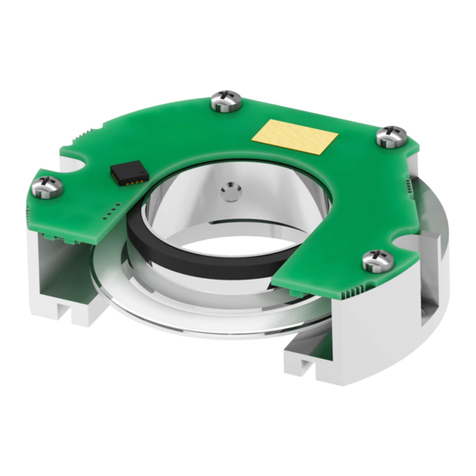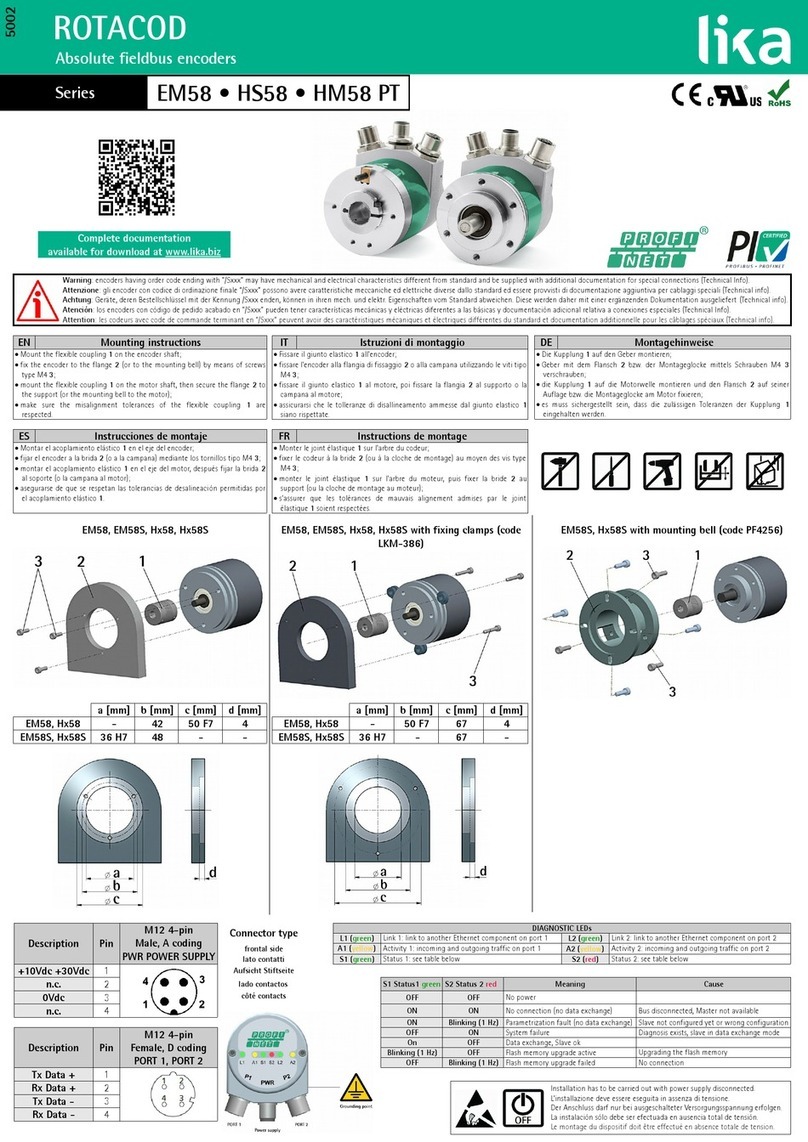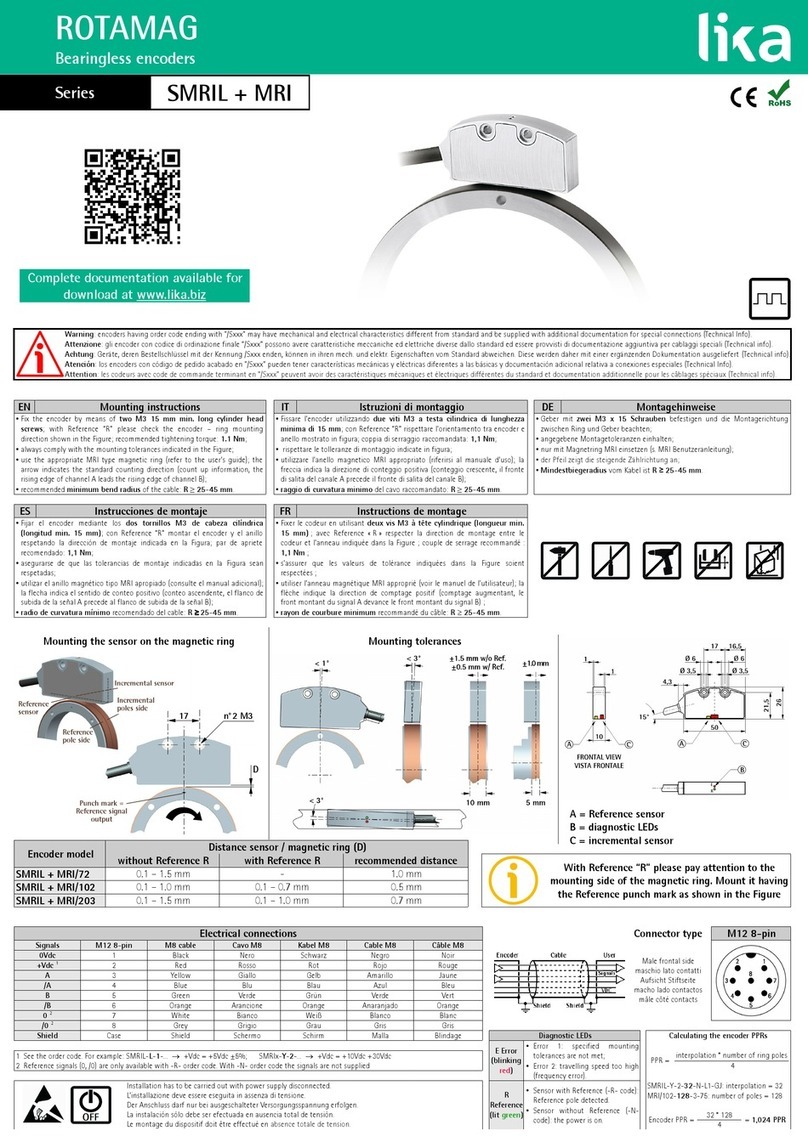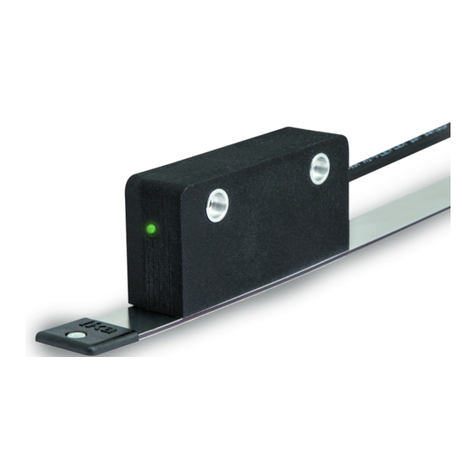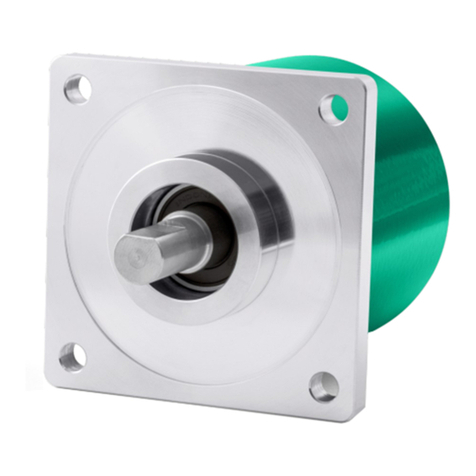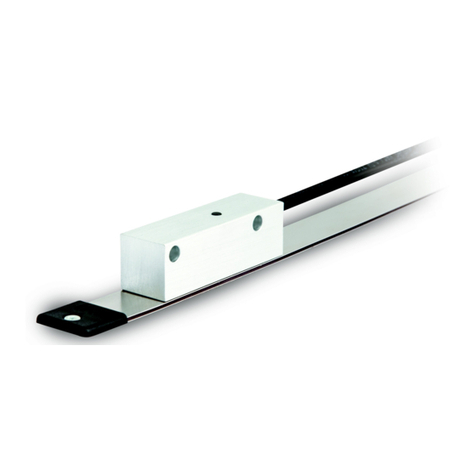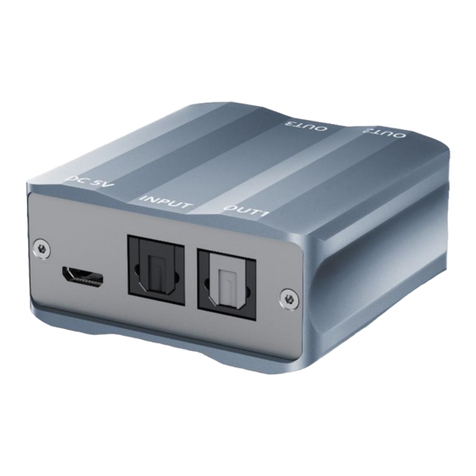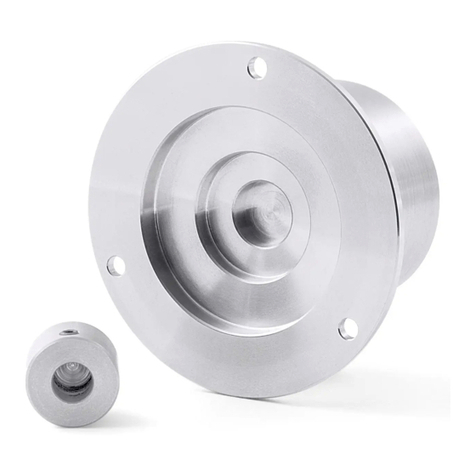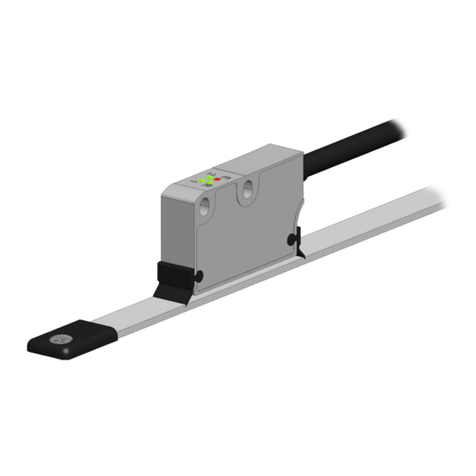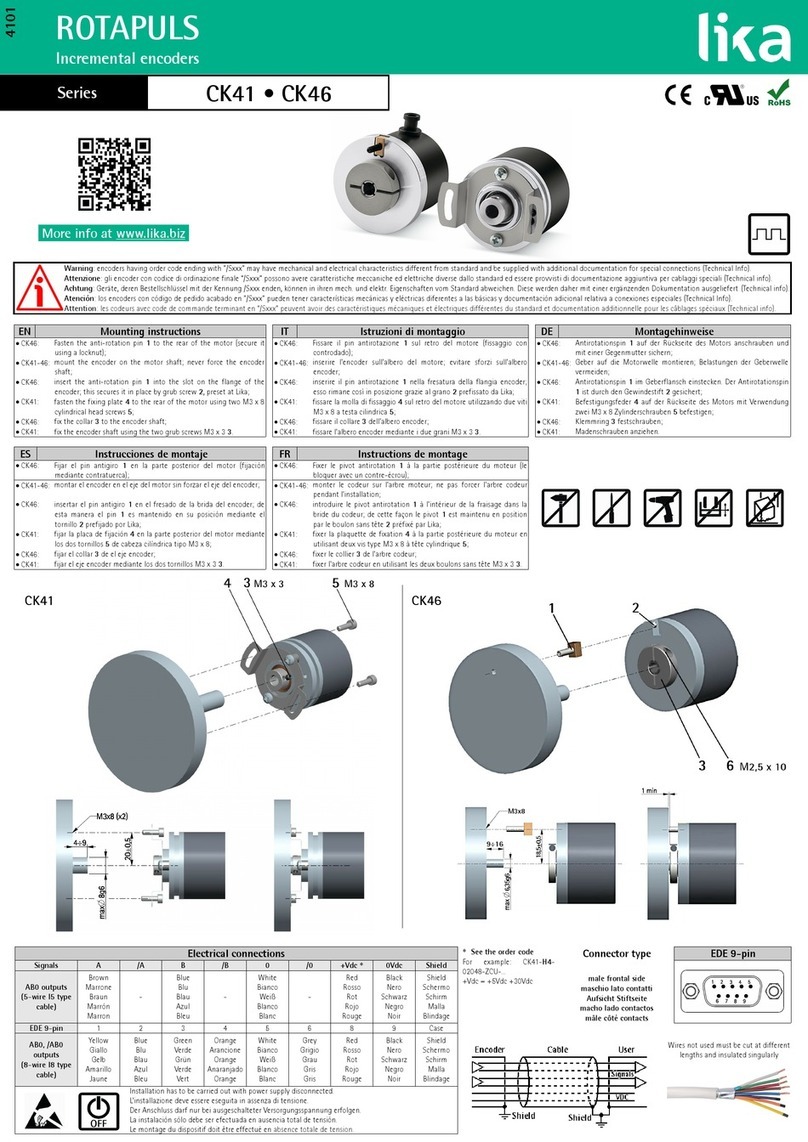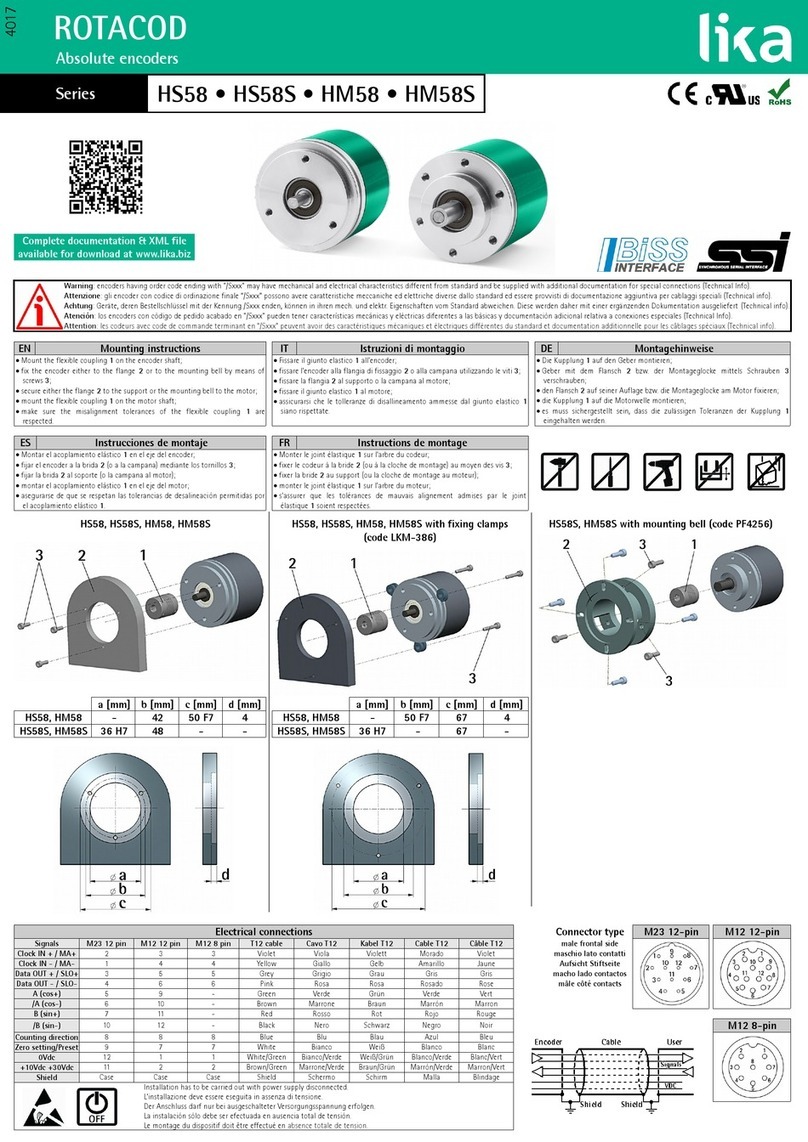Subject index
1
1000-00 Device type......................................................47
1001-00 Error register...................................................47
1003 Pre-defined error field.......................................47
1005-00 COB_ID SYNC message...............................48
1008-00 Manufacturer device name......................48
1009-00 Manufacturer hardware version............48
100A-00 Manufacturer software version.............48
100C-00 Guard time.......................................................48
100D-00 Life time factor..............................................48
1010-01 Store parameters..........................................49
1011-01 Restore default parameters......................49
1014-00 COB-ID EMCY.................................................50
1015-00 Inhibit time EMCY.........................................50
1018 Identity object.......................................................50
1800 PDO1 parameters.................................................50
1801 PDO2 parameters.................................................52
1802 PDO3 parameters.................................................53
1A00-01 TPDO1 mapping parameter......................55
1A01-01 TPDO2 mapping parameter......................55
1A02-01 TPDO3 mapping parameter......................55
2
2104-00 Limit switch min............................................56
2105-00 Limit switch max...........................................56
2200-01 Code Type (BIN/GRAY)................................56
2200-02 SSI Protocol.....................................................57
2200-03 Number of SSI clocks..................................57
2200-04 Physical Singleturn Resolution [bits]....58
2200-05 Physical Multiturn Resolution [bits].....59
2200-06 Bypass................................................................60
3
3000-00 Baud rate..........................................................60
3001-00 Node-ID.............................................................60
6
6000-00 Operating parameters.................................61
6001-00 Programmable pulse per revolution.....63
6002-00 Programmable total measuring range 65
6003-00 Preset value.....................................................67
6004-00 Position value.................................................69
6008-00 High precision position value..................69
6200-00 Cyclic timer......................................................70
6500-00 Operating status............................................70
6501-00 Singleturn resolution..................................72
6502-00 Number of distinguishable revolutions
.............................................................................................72
6504-00 Supported alarms.........................................73
6506-00 Supported warnings....................................73
6507-00 Profile and software version....................74
6508-00 Operating time...............................................74
6509-00 Offset value.....................................................74
650A-01 Module identification.................................74
650B-00 Serial number.................................................74
C
COB-ID of PDO1...............................................................50
COB-ID of the PDO2.......................................................52
COB-ID of the PDO3.......................................................53
Code sequence...........................................................61, 71
Current operating state.................................................71
F
Flash memory error.........................................................77
I
Initialization.......................................................................41
L
Last error occurred..........................................................47
Limit switch max.......................................................63, 71
Limit switch min.......................................................63, 71
Node guarding error.......................................................77
Number of occurred errors..........................................47
O
Operational.........................................................................41
P
Physical Multiturn Resolution....................................59
Pre-operational.................................................................41
Previous errors occurred...............................................47
Product code......................................................................50
R
Revision number...............................................................50
S
Scaling..................................................................................71
Scaling function control...............................................62
Stopped................................................................................41
T
Transmission type........................................51 e seg., 54
V
Vendor-ID............................................................................50

